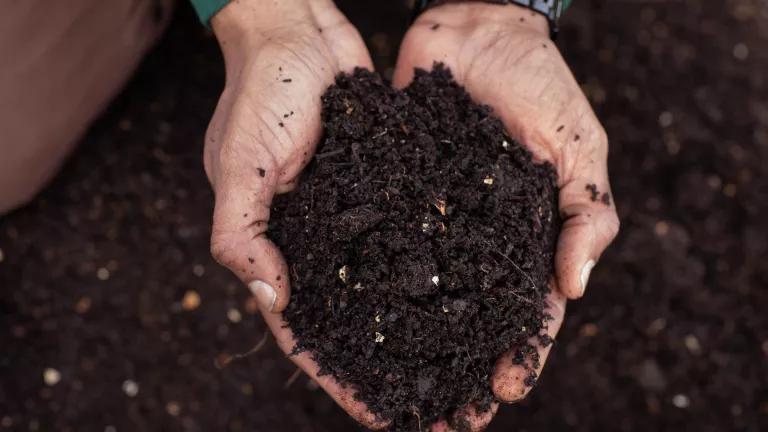I recently shared a stage with the White House pastry chef, the CEO of a $360 million company, and a woman who advocates eating weeds. We were all speaking at the TEDx-Manhattan conference, Changing the Way We Eat. Everyone I heard was inspiring, fascinating, and sometimes even funny (no mean feat when you have 12 minutes to present your talk, without any notes). All of us spoke about the need to change the way we eat in this country, for our health, for our children’s future, for the sustainability of our agricultural system and our planet.
People came to this conference because they wanted to change our food system. But few were aware of the scale of the problem of food waste. About 40 percent of all the food in this country is wasted. Any system this inefficient is not a sustainable system. That’s why reducing food waste is a critical part of improving the sustainability of our food supply. We can knock ourselves out boosting local and organic food, but it won’t do anyone much good if that food doesn’t get eaten.
We know the way to reduce waste is through efficiency. We’ve made great strides in energy efficiency over the past few decades, and we can do the same with food. It starts with personal action. American families waste up to 25 percent of the food and drink they buy. A simple tweak, like making a shopping list and sticking to it, or checking cupboards before going to the store, can dramatically cut food waste at home. In the U.K., they’ve found that following simple guidelines like these allowed households to trim their avoidable food waste 18 percent.
We can cut waste even further when we monitor it. Some restaurants and food service companies are already using waste monitoring and management software that can help cut food waste almost in half. And what if food sellers, like utility companies, encouraged their customers to use food more efficiently? They could offer smaller pack sizes, or coupons that allowed you to “buy one, get one later,” instead of sticking you with more than you can possibly use with a deal like “buy one, get one free.”
Finally, we need the government to start addressing food waste. Smart policies can protect and inform consumers and help them make more efficient decisions about food. A recent survey found that 60 percent of Americans throw out food prematurely because of confusion over expiration dates. These “best by,” “sell by,” and “use by” dates often have nothing to do with food safety. They are manufacturer suggestions for peak quality, and a source of confusion for consumers and retailers alike.
In the U.K., they estimate that a move as simple as setting guidelines for expiration dates (which they’ve just done) could reduce avoidable household food waste by 20 percent. The U.S. government can do the same to make a sizeable dent in food waste, quickly.
Our energy efficiency efforts have used smart government policy and public awareness to harness the powers of technology, innovation, and entrepreneurship. Tackling food waste will require more of the same. It’s about being more conscious of what we buy and eat. It means encouraging growers and food buyers to develop stronger relationships, and retailers to find more ways reduce waste and save money. It will involve smart policies to protect and inform consumers and to spark innovation across the industry.
All of these things we need to make our food system healthier and more sustainable. We’ve already started doing it with our energy system. If we are serious about changing the way we eat, then we need to start addressing the problem of food waste.



